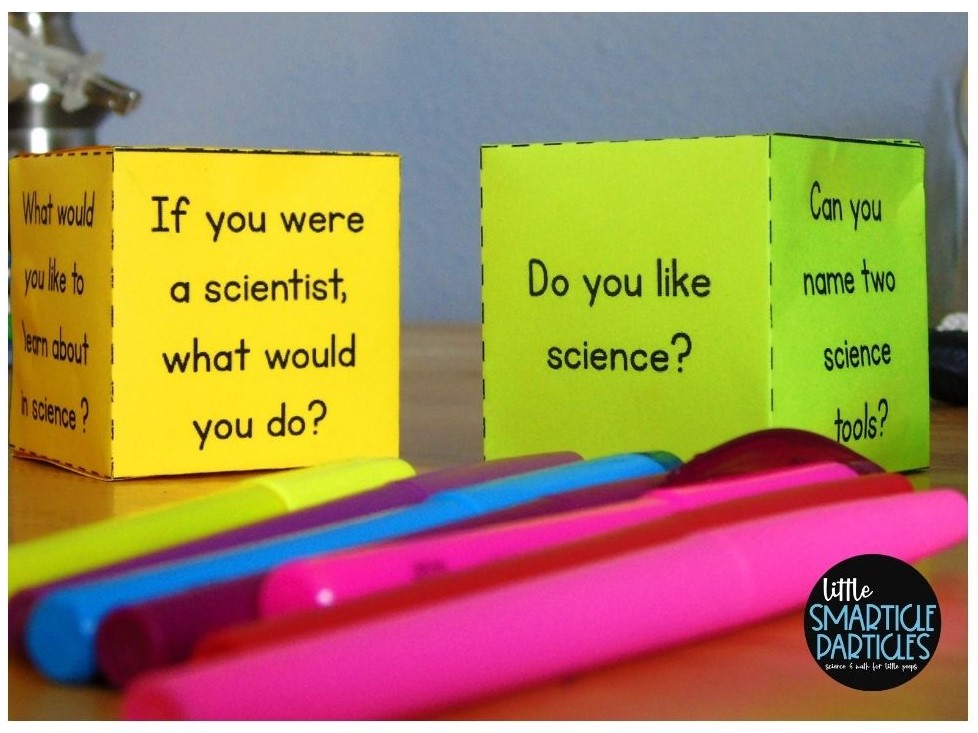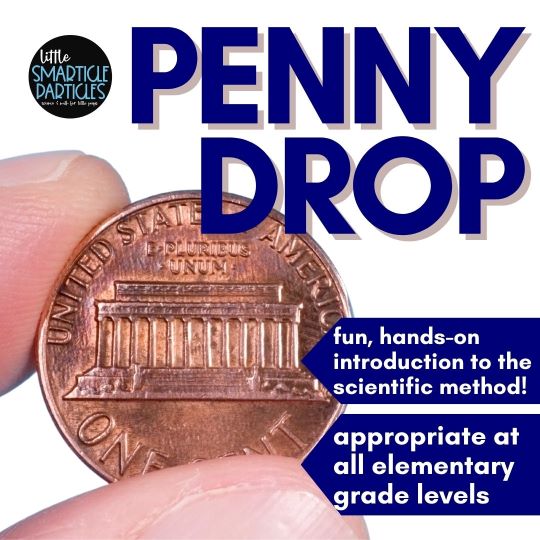When it comes to science in the elementary classroom, I have found that if it’s done properly kids LOVE it. So how do you get your students excited about science each and every day? You have to start at day #1!

I’m going to share with you some of the activities that I implement every year during the first few days of school in my 5th grade science class, and I’m going to share them in the order that I introduce them. They are super easy, fun, hands on, and I always see great engagement.
1. Classroom Displays
My classroom display is the very first thing that my students see when they enter my room. I always make sure that I have it set up before school starts, because in my district we have ‘meet the teacher’ night (my husband calls it ‘beat the teacher’ night) and I want to grab the kiddos’ attentions from the get-go. I have this ready to go every year, and it never fails!
In the display I have all kinds of oddities and ‘treasures’ like small animal skulls and bones, bird nests, seashells, rocks, a Newton’s Cradle, and other random stuff that would catch a kid’s attention. At a previous school, I had a huge KNEX battery operated ferris wheel. The kids loved it!!
Luckily, I live on a small farm, and my husband is always finding stuff. This year I will be adding a turtle shell, a small rodent skull, and some huge pinecones that I picked up on a recent trip to San Diego. I’m hoping to add some fossils as well. (p.s. don’t be surprised if your kiddos start bringing in their own little treasures to add to the display!)
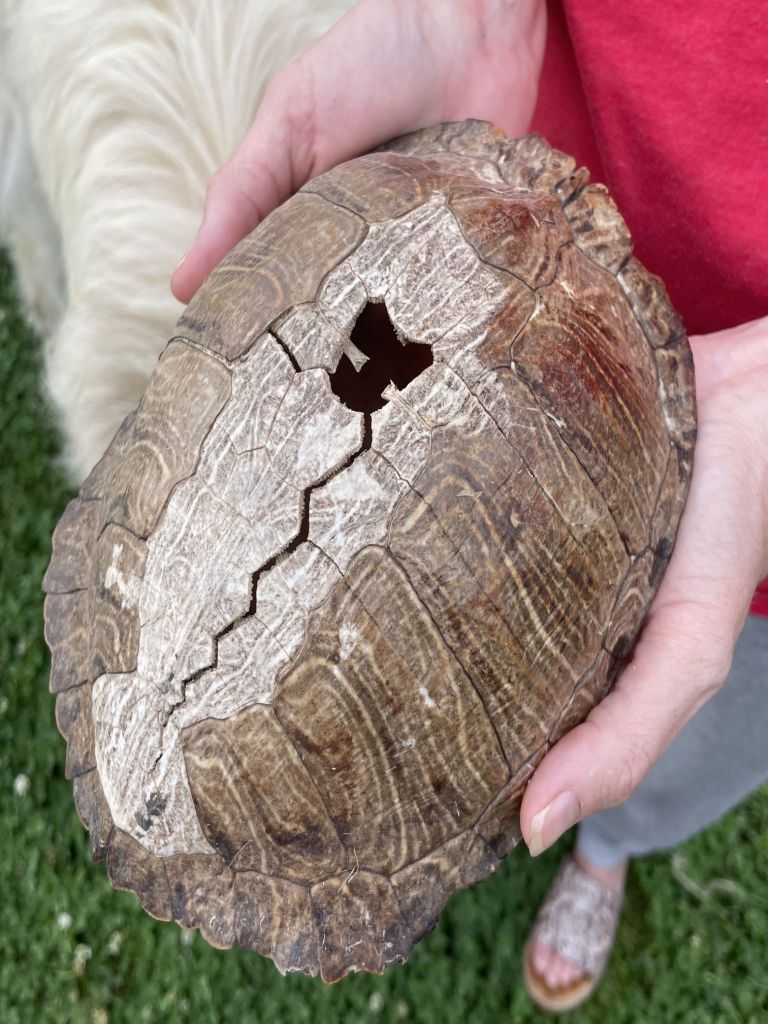
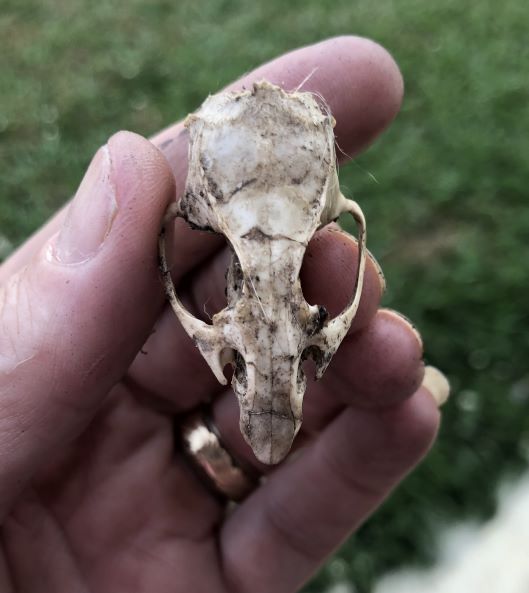
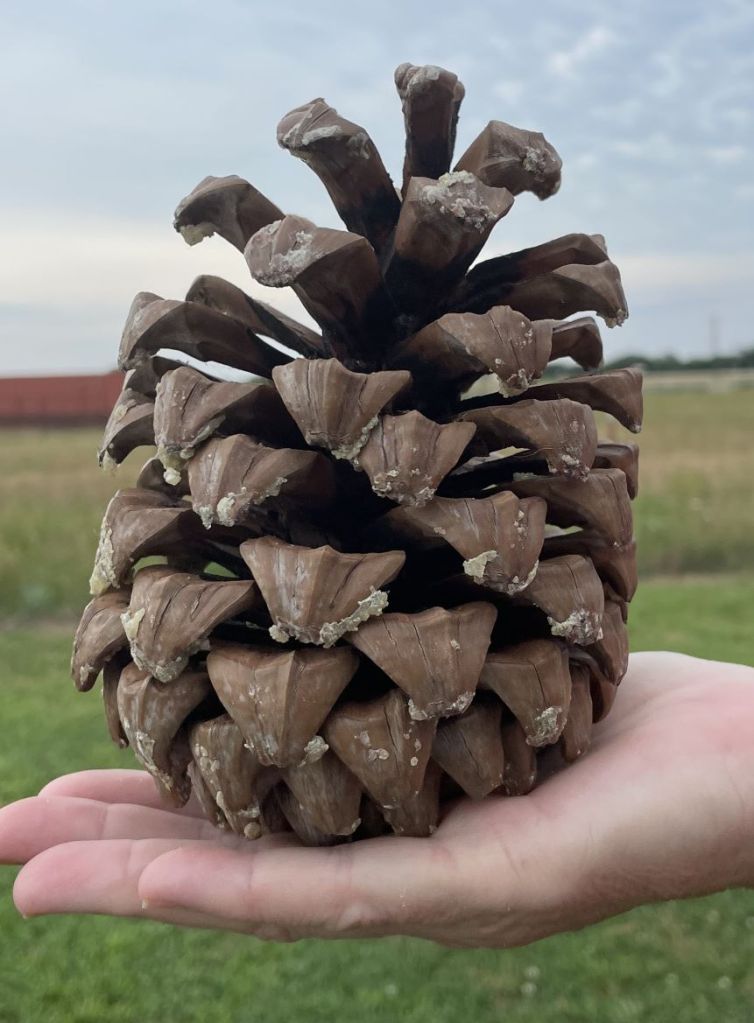
As the seasons change, you can change out your displays to hold leaves, gourds and pumpkins (let them decay for a cool observation station!), seed pods, and any other intersting finds that might be laying about in your area. At the beginning of spring, we usually find a few snake skins in the barn, and those definitely make it to the display.
2. Science Dice Roll
Science Dice Roll is an ice breaker that is great for the first or second day of school. This activity involves students rolling a large cardstock folded die with questions on each face. The questions are along the lines of “Do you like science?“, “Can you name a famous scientist?“, “What would you like to learn about in science this year?”, and so on. If you really want to hold them accountable and set high expectations from the start, this activity would work really will paired with a Think Pair Share component. (P.S. The Science Dice Activity is available for free in the resource library.)
3. Interactive Science Notebook
I absolutely love creating Interactive Science Notebooks with my students!! I’m not just saying that… I really mean it. I always create one right alongside them and model setting them up.
The beauty of creating a science notebook / journal is that they are super flexible and easy to set up, they can be as interactive as you want them to be, and by the end of the year your students will have a beautiful accomplishment that they can take home with them. A lot of times kids will want to throw stuff away at the end of the year, but I have never had a student throw away his or her science journal. Below are several images of a foldable that we always create in our journals when learning about the water cycle.
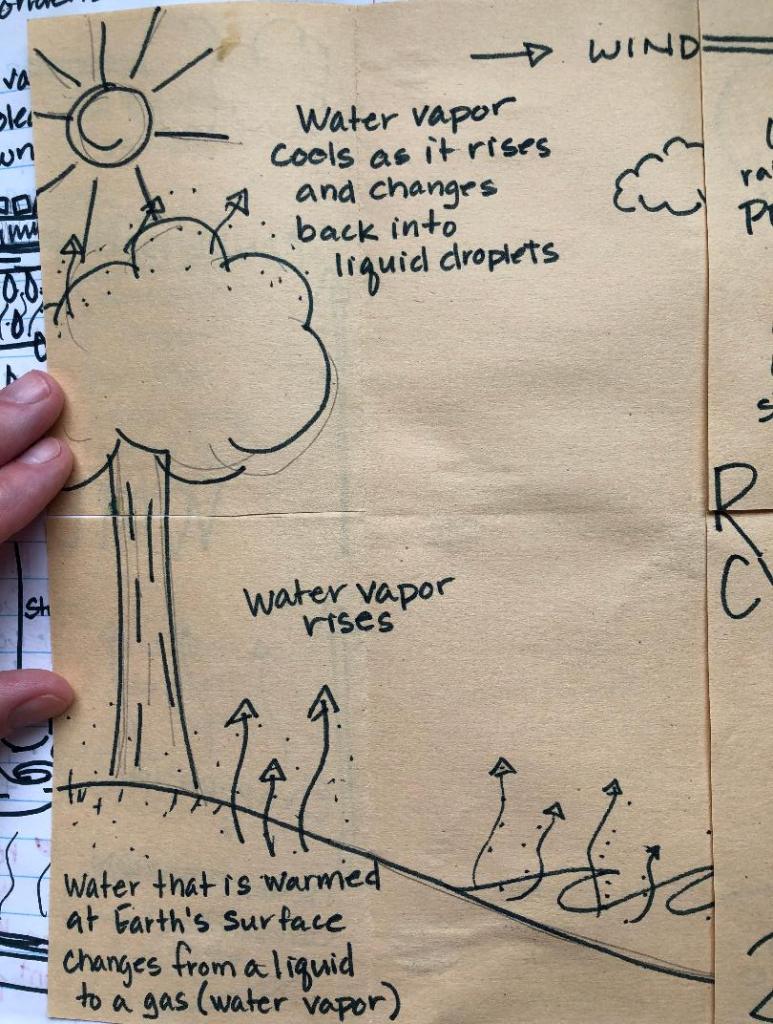
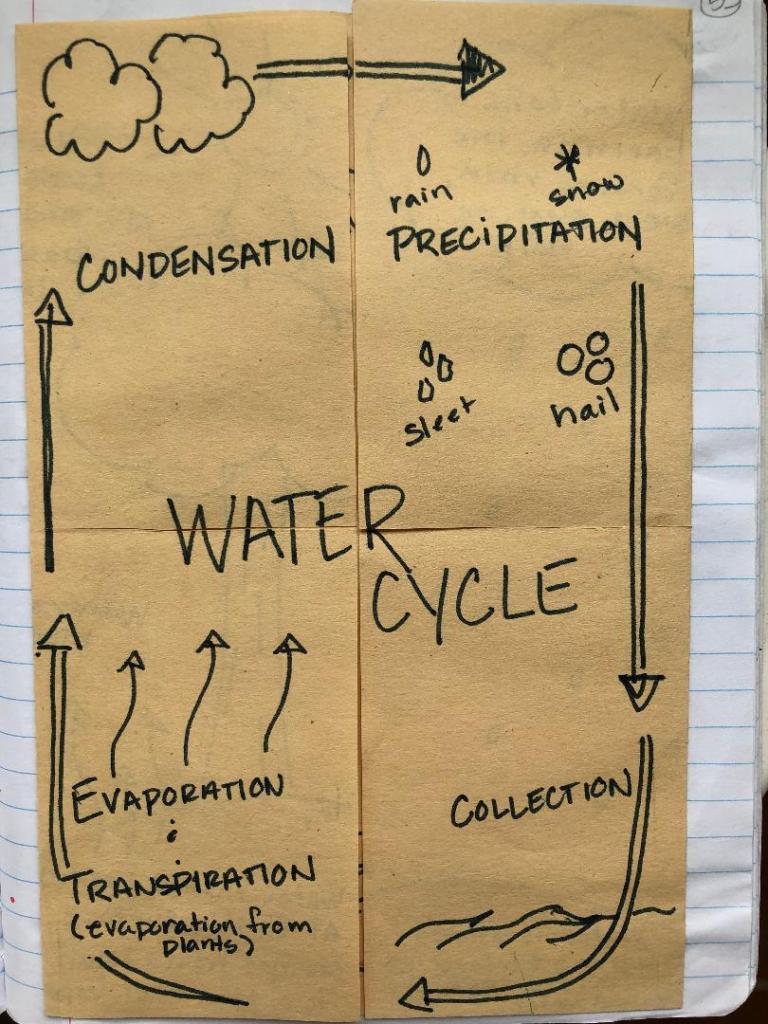
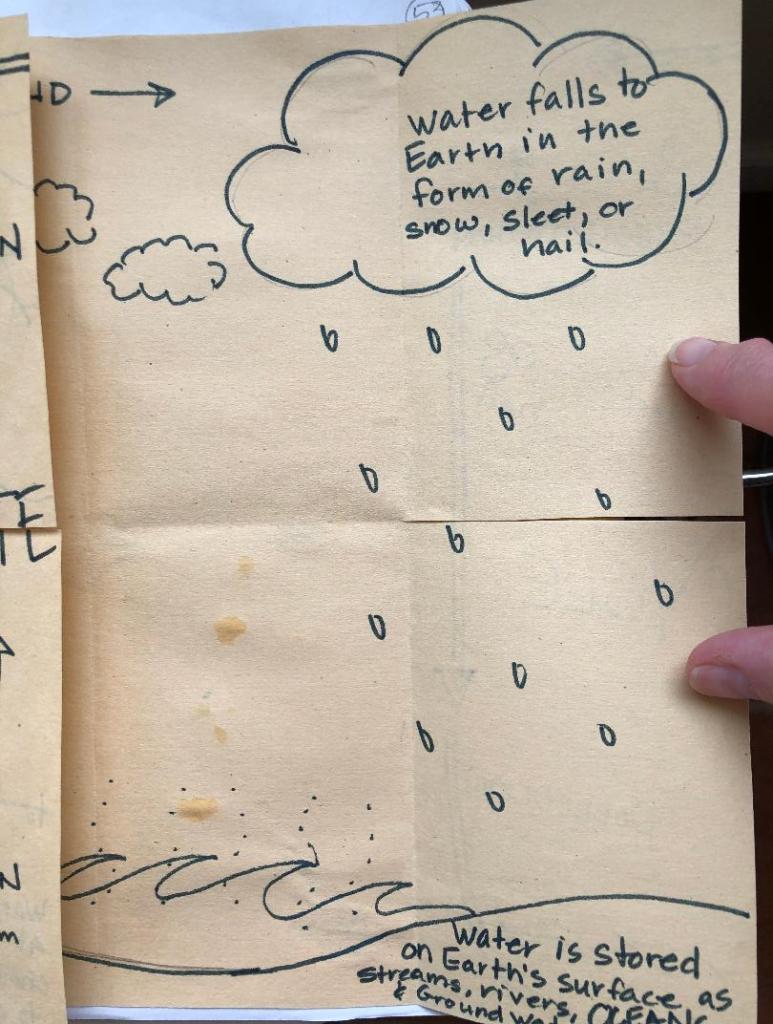
If you want to read more about Interactive Science Notebooks, check out this post!
4. Scientific Method Lab
Once students have gotten their science journals set up, I follow with this ridiculously fun activity. You may have seen it before or even done this with your kids. I call it the ‘Penny Drop‘ activity (I’ve also seen it called ‘drops on a penny’) in which students make predictions about how many drops of water the face of a penny will hold without the water spilling over, and then they test their predictions.
It really is sort of silly, but the kids don’t know that. They just know that they really feel like scientists as they work through the lab. They are required to make predictions, collect data, perform multiple trials, and then create new questions based on what they learned. Just some good, clean, hands-on science learning. I have the complete Penny Drop activity available in my free resource library!
5. Take it Outside!
Believe it or not, taking my students outside was what turned me on to teaching science in the first place. To make a long story short, I was moved from fifth grade math to second grade self-contained, and I was lost as a goose. Thankfully, we had a school garden, which saved me. We spent many hours out there working and learning. I loved it, and they loved it.
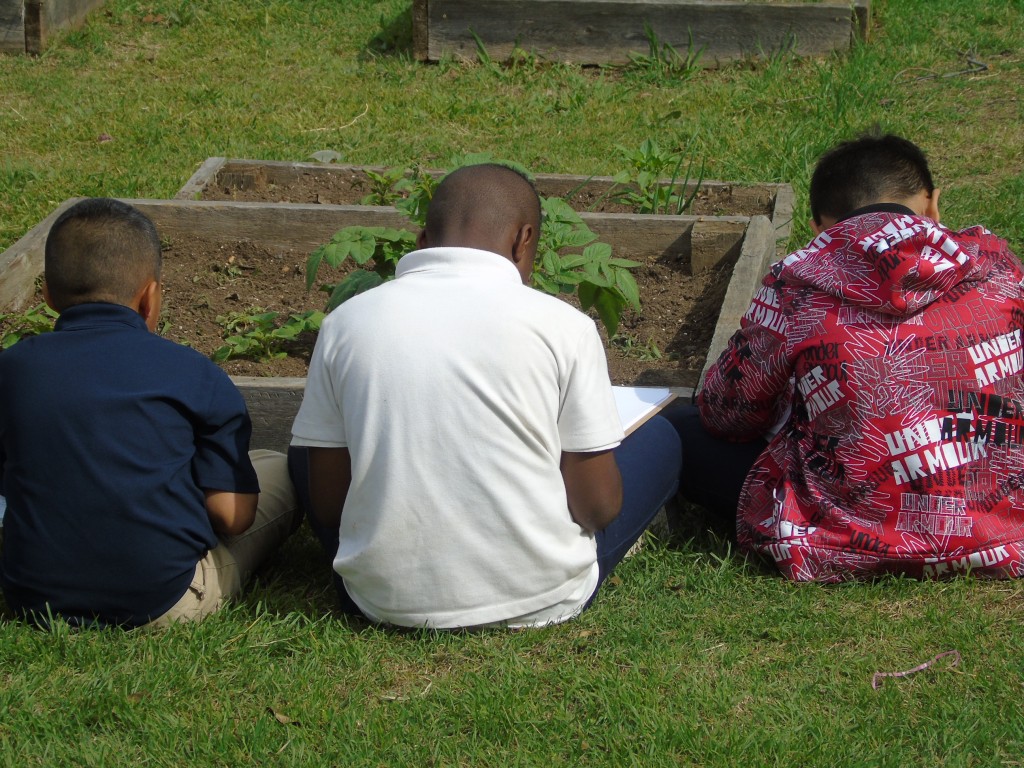
I could go on an on about the benifits of taking your kids outdoors to learn. I believe that children need more fresh air and sunshine, and less technology. Learning outside could take the form of nature walks (and collecting cool stuff for those displays I discussed), observing weather conditions, tracing shadows, gardening, or making observations after a rainfall or storm. A simple mud puddle on the playground can be turned into a lesson on ecosystems!
Quick Tip: If your school has a safe outdoor area that you can explore, have students take their science journals and a pencil. They can make observations, labeled drawings, and take notes on whatever you are learning about.
I hope this blog post gave you some ideas about getting your students excited about science. I’d love to hear some of the ways that you get your students off to a good start at the beginning of the school year. Please feel free to comment!



